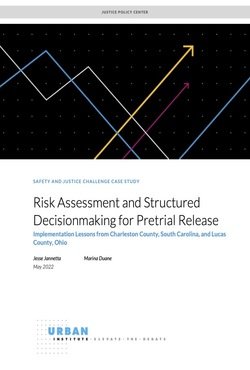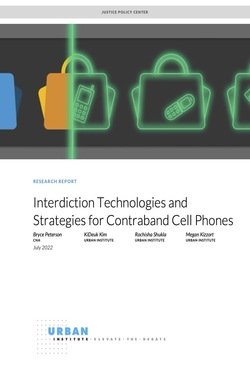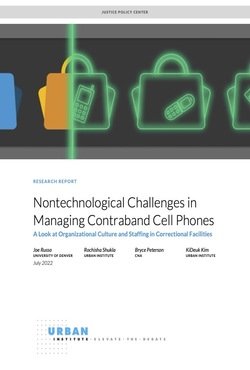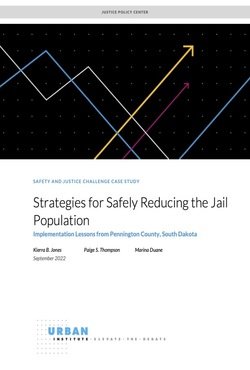By Daryl Krone, Breanne Pleggenkuhle, Raymund Narag, Emily Cripps. et al.
The community-based Intensive Supervision Probation with Services (ISP-S) program is one of the prison diversion models funded by Adult Redeploy Illinois (ARI), a state grant program to reduce reliance on incarceration created by the 2009 Crime Reduction Act (730 ILCS 190/) and housed at the Illinois Criminal Justice Information Authority (ICJIA). In 2019, an impact evaluation study was conducted as a follow-up to the 2018 process evaluation and is the subject of this report. All data collection was conducted by researchers from Southern Illinois University at Carbondale across the four Adult Redeploy Illinois (ARI) sites in DuPage, Macon, Peoria and St. Clair. The duration of the accumulation of data was from March 2019 through June 2019.
Chicago: Illinois Criminal Justice Information Authority, 2021. 62p.





















